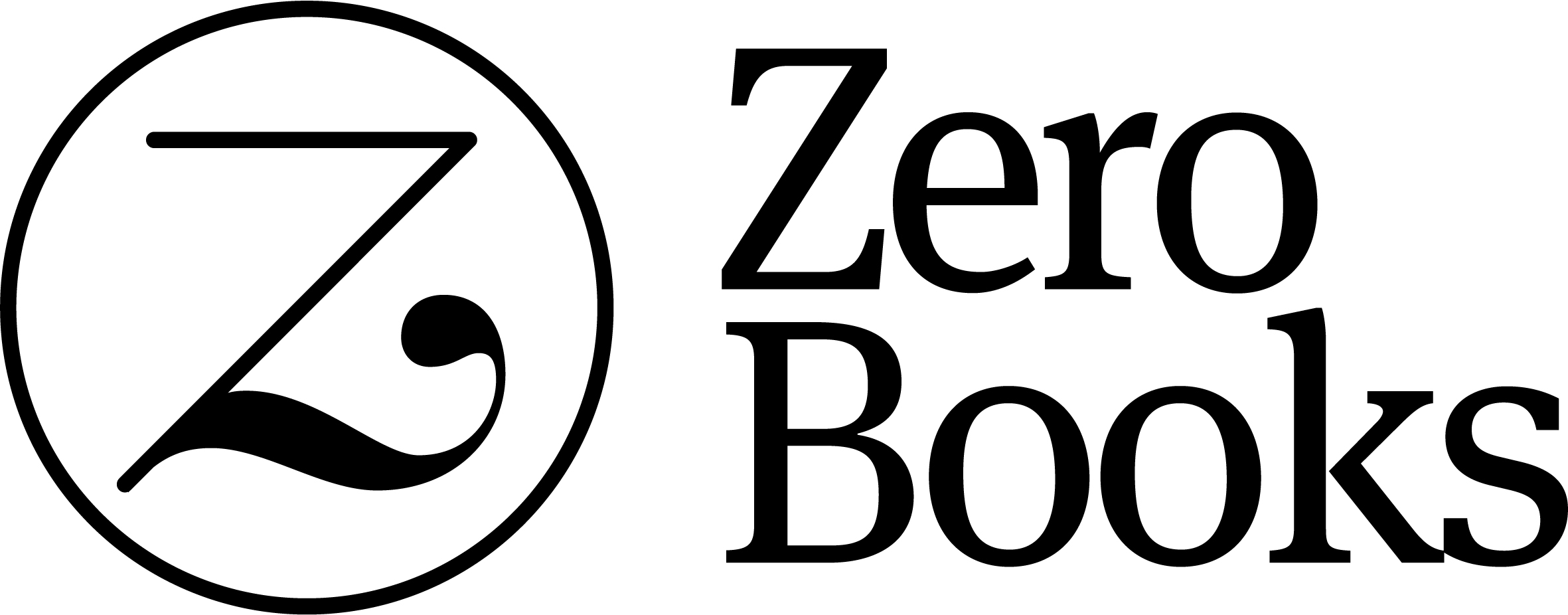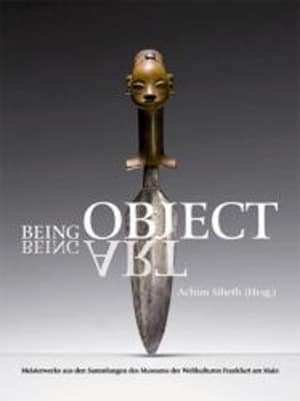324 pages with 210 illustrations in color, hb, in English.
Cultures contribute to the richness of this world through their uniqueness and variety – as do their material products. This is reflected in the ethnographic collections from Africa, the Americas, Southeast Asia, Oceania and East Asia at the Museum of World Cultures in Frankfurt am Main. Using exceptional photographs, 130 works are presented from a total of approximately 67,000 objects in the museum’s collection. Based on their own individual and subjective points of view, the authors have selected particularly unusual “ethnographica,” everyday objects or ritual items from an abundance of mostly similar objects made by indigenous societies.
The objects in this volume are not only elucidated in their ethnological contexts, but are simultaneously described and interpreted as works of art. They are purposefully represented here as products of indigenous aesthetics and indigenous creative work to guide the attention of Western viewers to the artistic qualities of ethnographica. In order to better understand these works of art, the authors question the environment in which a work was created and which ideas about color, form, symmetry, balance, etc., might have influenced their artists. The common goal is to present what it is about these works that are exceptional, elaborate, other, perfect or in fact imperfect, harmonious or disturbing.
Undermining the anthropological designations of “ethnic artifacts” and “ethnic art,” this survey of the massive collections of the Museum of World Cultures in Frankfurt approaches 130 of its works as both art and artifact simultaneously, raising aesthetic matters of form and color alongside contextual considerations. Masks, clubs, fans, spoons, tusks, dolls, necklaces, baskets, shields, cups, bags, headdresses and sculptures from countries in Africa, the Americas, Southeast Asia, Oceania and East Asia are all reproduced here, in full color and with contextualizing commentary. As debate on the status of ethnic artifacts continues to expand, with Being Object the Museum of World Cultures takes the lead among institutions in attempting to reorient the taxonomies of its collections.




